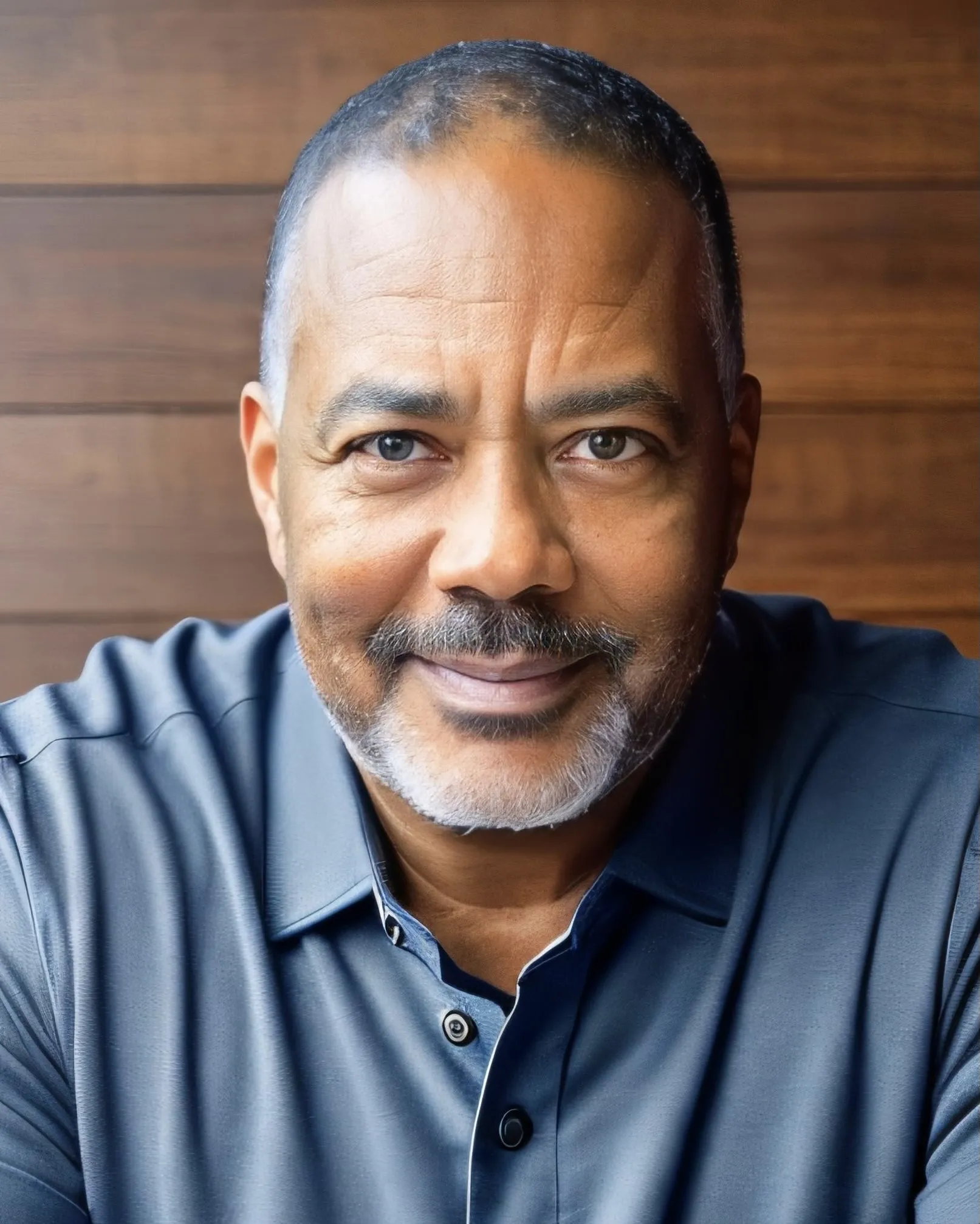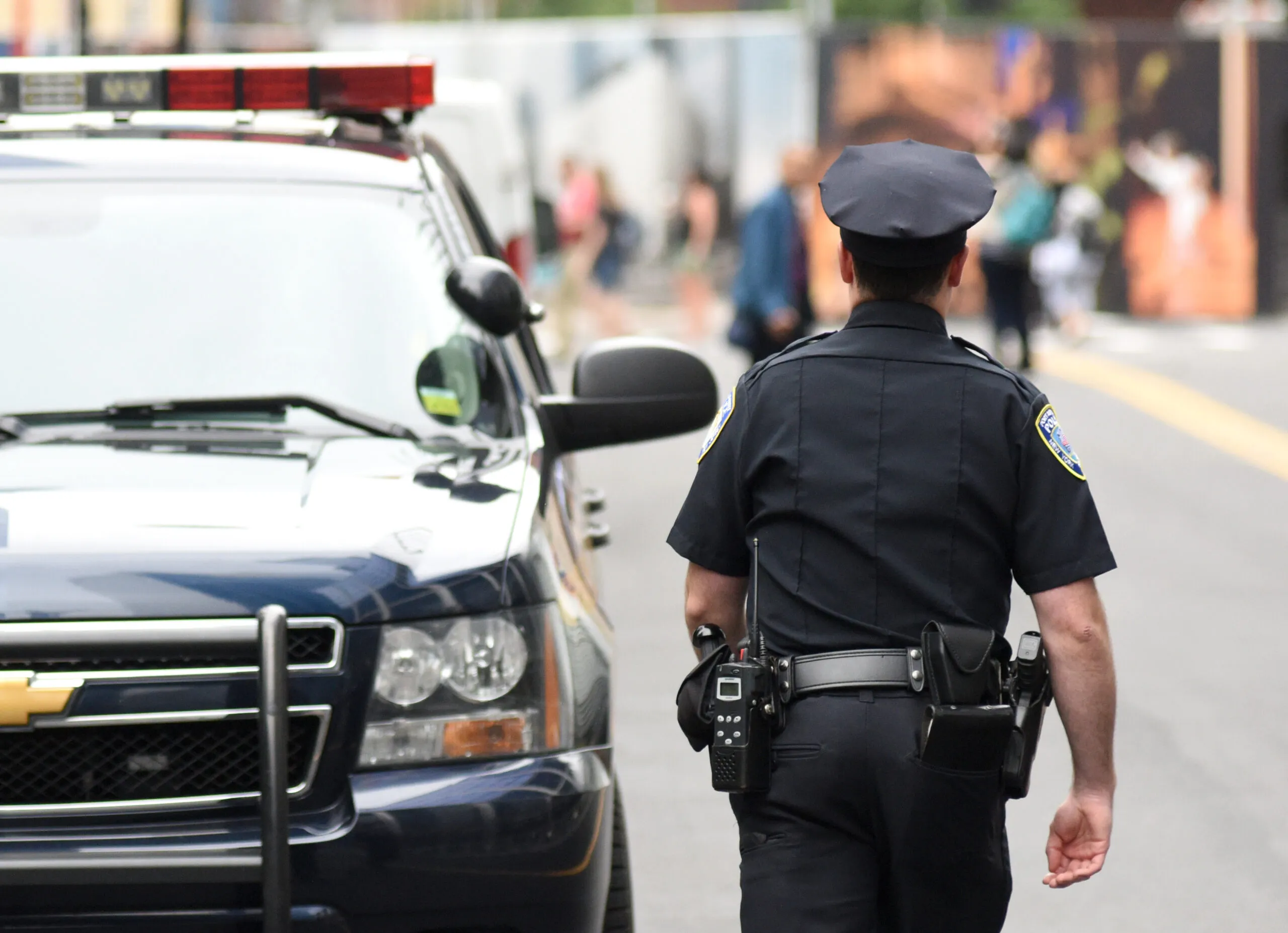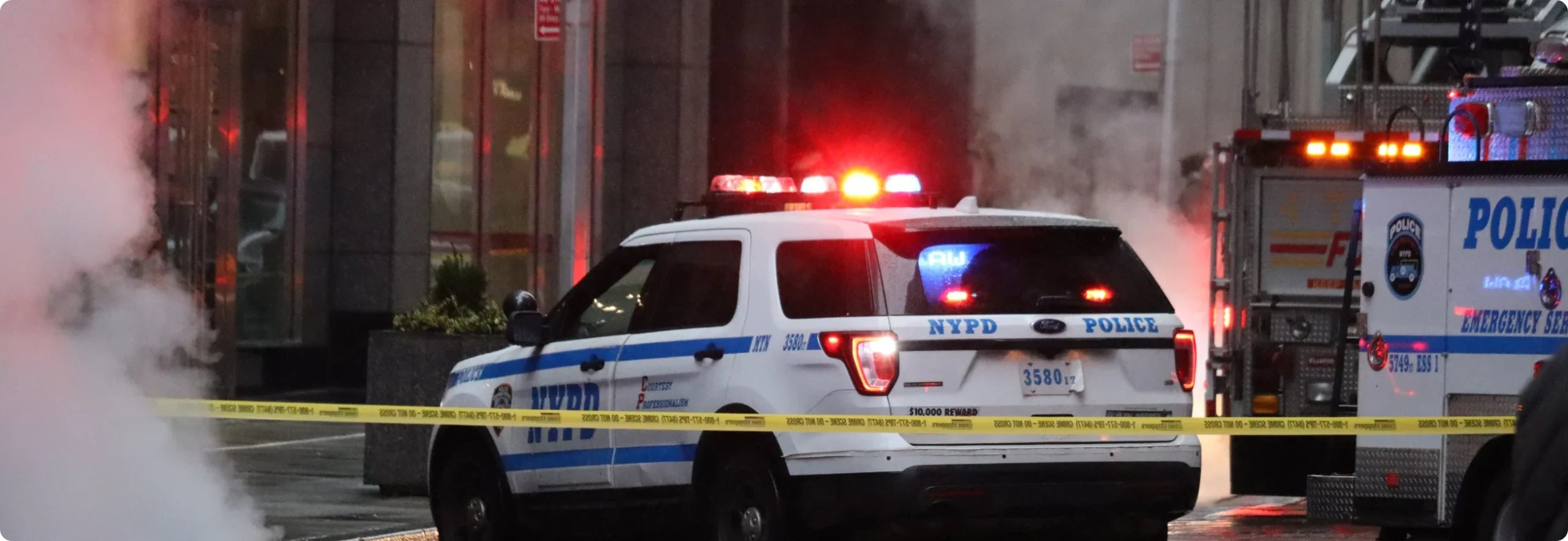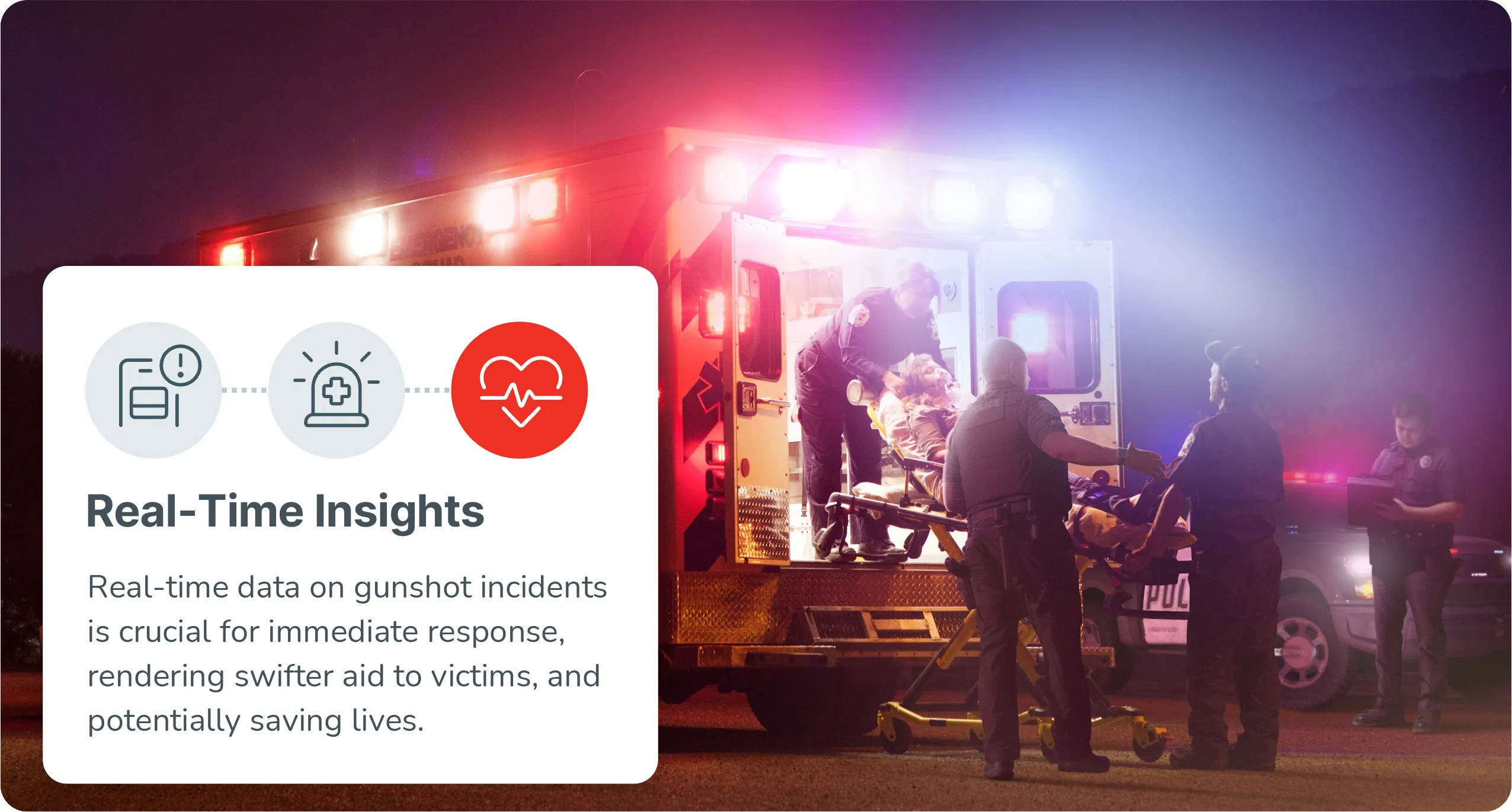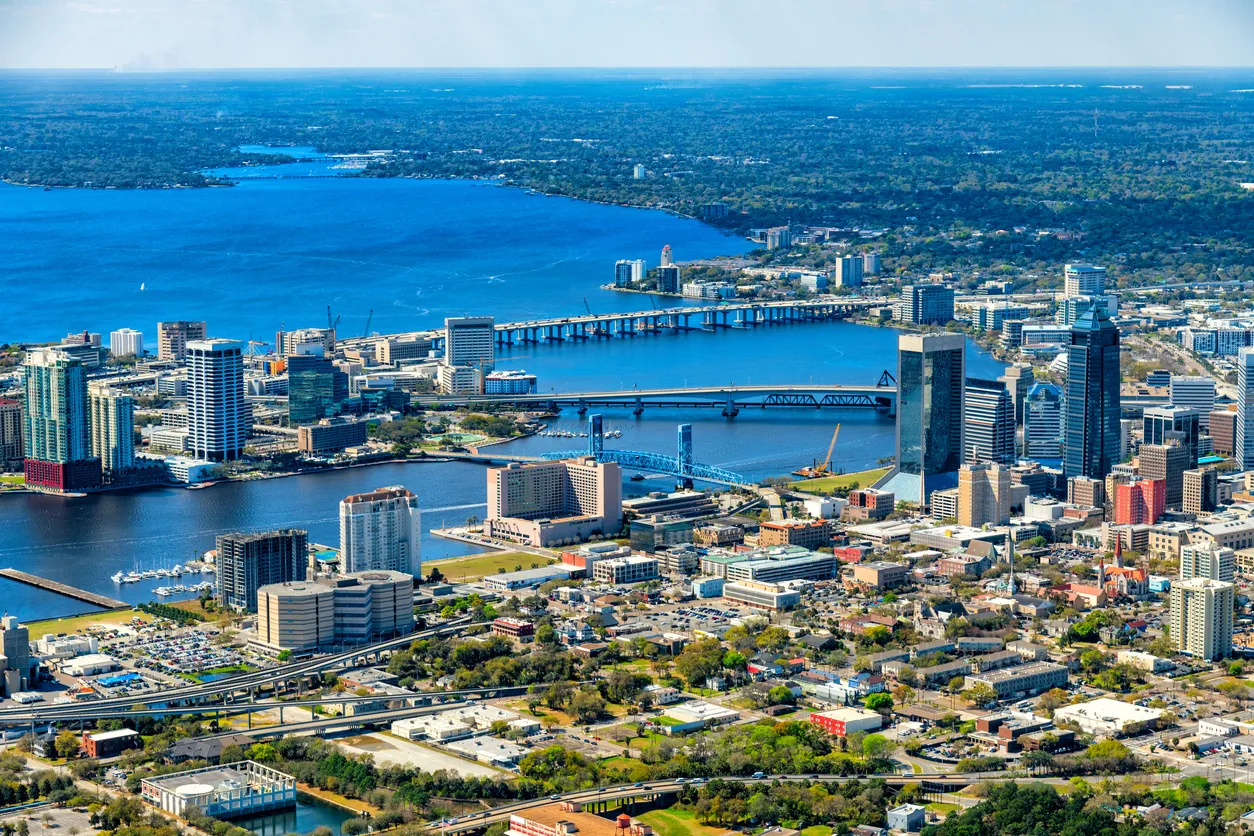Tragically, the surge in gun violence that began in 2020 during the pandemic continues unabated, shattering lives and impacting communities across the country. At SoundThinking™, we feel this crisis acutely. This is because more than 120 cities use our ShotSpotter® technology to help them address gun violence and help make communities safer and healthier.
One outcome of our work, is that we often appear in the news and in discussions on social media. It makes sense. In 2021, ShotSpotter sent 291,726 gunfire alerts to first responder authorities across the country to incidents of gunfire. Yet despite the multitude of success stories exemplifying the effectiveness and impact of this technology, a critical aspect of our work continues to be underreported and underappreciated. ShotSpotter helps police and first responders save the lives of gunshot victims. The fact is over 80 percent of gunshot incidents are never reported to 9-1-1. By notifying police of gunfire within 60 seconds of the trigger pull, ShotSpotter’s digital alerts serve as a life-saving beacon. By equipping police to respond to the precise location of gunfire, ShotSpotter activations enable prompt and critical intervention from first responders, enabling officers to provide lifesaving medical care and alert emergency medical services.
Consider our work in Chicago, where the Office of the Inspector General raised a question on the operational value of ShotSpotter. Based upon SoundThinking’s analysis of Chicago data, what is rarely mentioned is that over the same 17-month analysis period, ShotSpotter activations led authorities to 1,131 crime scenes where at least one gunshot wound victim was found. In 71.5 percent or 809 of these incidents, authorities were solely notified by ShotSpotter because no one called 9-1-1. The cost of ShotSpotter? A total investment of $11 million, which is divided by 1,131 gunshot wound victim crimes, reflects a cost of just $3,225 per gunshot wound victim response scene. During a Chicago City Council meeting, Chicago PD Superintendent David Brown stated, “Gunshot detection technology has saved lives in the city of Chicago, [and] officers have responded and found wounded persons [and] applied tourniquets.”
This begs the question: What is the value of a life saved?
Moral Imperative of Saving Lives
Firearms rank as a leading cause of death for children and teens. Every day, 106 people are shot and killed in the United States, forcing families to endure the trauma of losing a child, parent, guardian or loved one. The loss is particularly impactful on children whose neural pathways have not yet fully matured. Unsurprisingly, losing a parent or family member to gun violence is considered an adverse childhood experience (ACE) that can cause toxic stress in children, potentially impacting brain development, decision-making, learning, and attention—culminating in a negative influence on the trajectory of their life.
When incidents are so widely underreported and therefore get no police response, it creates a chilling effect in neighborhoods. Violence becomes normalized, while the very few serial trigger pullers who are disproportionally responsible for community harm often feel little deterrence in inflicting senseless trauma, injury, and death. It also means that critical intervention by second responders is less likely to occur, so at-risk, under-invested in communities are forced to continue to bear the suffocating weight of persistent gun violence.
We can, and we must do better.
Where ShotSpotter technology is deployed and operational, victims of gun violence are more likely to receive prompt life-saving care from a first responder and less likely to bleed out on the sidewalk. This is certainly true in Camden, New Jersey, where ShotSpotter alerts have “increase[d] the likelihood of police transport of gunshot victims,” notes Dr. Anna Goldenberg, a local trauma surgeon. At the same time, it also means that second responders, such as social workers, have the opportunity to provide trauma-informed care and other interventions to affected communities, potentially interrupting the cycle of violence and homicide. From a moral perspective, nothing is more essential.
The Financial Imperative of Saving Lives
Certainly, saving lives is a moral obligation. But there is a clear financial imperative as well. When it comes to investing taxpayer dollars, particularly in terms of assessing public health policies that reduce mortality, government agencies must compare benefits and costs. To accomplish this analysis, every human being in the country is assigned a value of statistical life (VSL). While it varies by government agency, most rely on a VSL valued at approximately $10 million. Viewed through this lens, investing in gunshot detection is no different from maintaining a 9-1-1 system or enforcing a fire alarm ordinance—both of which are enacted because the cost of implementation is significantly outweighed by the overall financial value of lives saved.
Gunshot detection has been shown to decrease response time by first responders, while also reducing transport times to hospitals. Seconds matter when it comes to treating gunshot wounds, not only in determining the difference between life and death but also in terms of mitigating the severity of the event. From a financial perspective, this is enormous: while the average cost for outpatient care for a gunshot wound totals $5,254, the average for in-patient care, which treats more serious injuries, is $95,887. Lost wages and lost quality of life should also be considered. Understandably, a person who survives a gunshot wound has the potential of re-entering the workforce and earning wages that benefit themself and potentially, their family. Quality of life is another critical measure; according to most health economists, death robs an individual of between $100,000 and $200,000 per year in economic value directly tied to living one’s life.
Precise Real-Time Alerts and Response Saves Lives
Evidence shows that gunshot detection is a proven tool that saves lives. In the City of Pittsburgh, ShotSpotter coverage was expanded from three square miles to 18 square miles in 2018. The technology was credited for allowing police to respond to gunfire and render aid to victims faster than ever before. Pittsburgh also reported a 36 percent year-over-year drop in homicides—that’s 21 additional lives saved.
The City of Oakland offers another example. In 2020, ShotSpotter alerted police to 6,053 gunshot incidents, over 90 percent of which, were not called in to 9-1-1. In a report to the Oakland Privacy Commission, city officials credited the technology with locating 101 wounded victims, including “several” whose lives were saved specifically because of a quicker-than-normal response (in some cases within two minutes) thanks to ShotSpotter. In 2021, one of these lives saved was Ersie Joyner, a former Oakland Police Captain who suffered 22 bullet wounds in a botched robbery attempt. While no bystanders on the scene initially called 9-1-1, police were still notified thanks to a ShotSpotter activation. The prompt alert and their response, which included transporting Joyner to the hospital, saved his life.
West Palm Beach presents yet another success story. From 2018-2020, city officials reported a 60 percent reduction in homicides and a 65 percent reduction in other gun incidents with injuries, a development that they attributed to technological improvements, such as ShotSpotter, which was introduced in 2018.
We can now add Chicago to that list of saving lives successes. As noted above, over a 17-month period, ShotSpotter activations led authorities to 1,131 crime scenes where at least one gunshot victim was found. In 809 (or 72 percent) of all incidents, authorities were solely notified by ShotSpotter alerts because no one called 9-1-1. ShotSpotter alerts also made first responders aware of just under 1,700 more instances of illegal firearm use than 9-1-1, and overall, led to three to five times more documented criminal events than 9-1-1 for the same period and area.
Conclusion
Too often, ShotSpotter’s role in public safety is oversimplified to that of only enforcement interventions. The fact is the most important role ShotSpotter technology plays is saving lives across the country, as well as the potential it offers to first and second responders to provide trauma-informed care to communities affected by the scourge of gun violence.
Communities that experience persistent gunfire are deserving of attention from the 9-1-1 system, police departments, and other first and second responders. Ask any grieving family; they would readily prioritize first responders to be made aware of and respond to ALL shootings in the event one of theirs could be one of the countless victims whose life was saved. It’s our moral and financial obligation to respond to every incident and provide care to ultimately make our communities safer and healthier.

